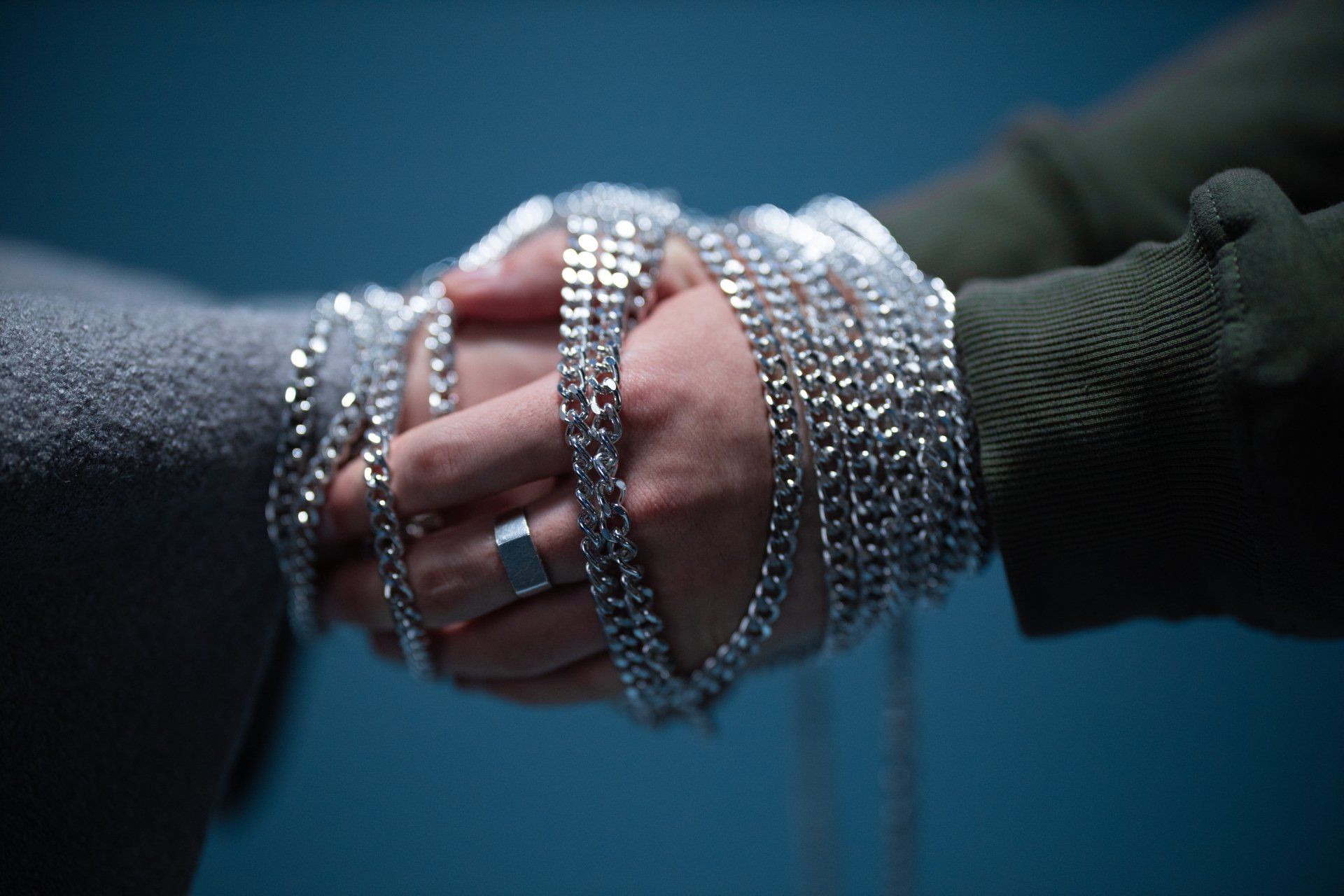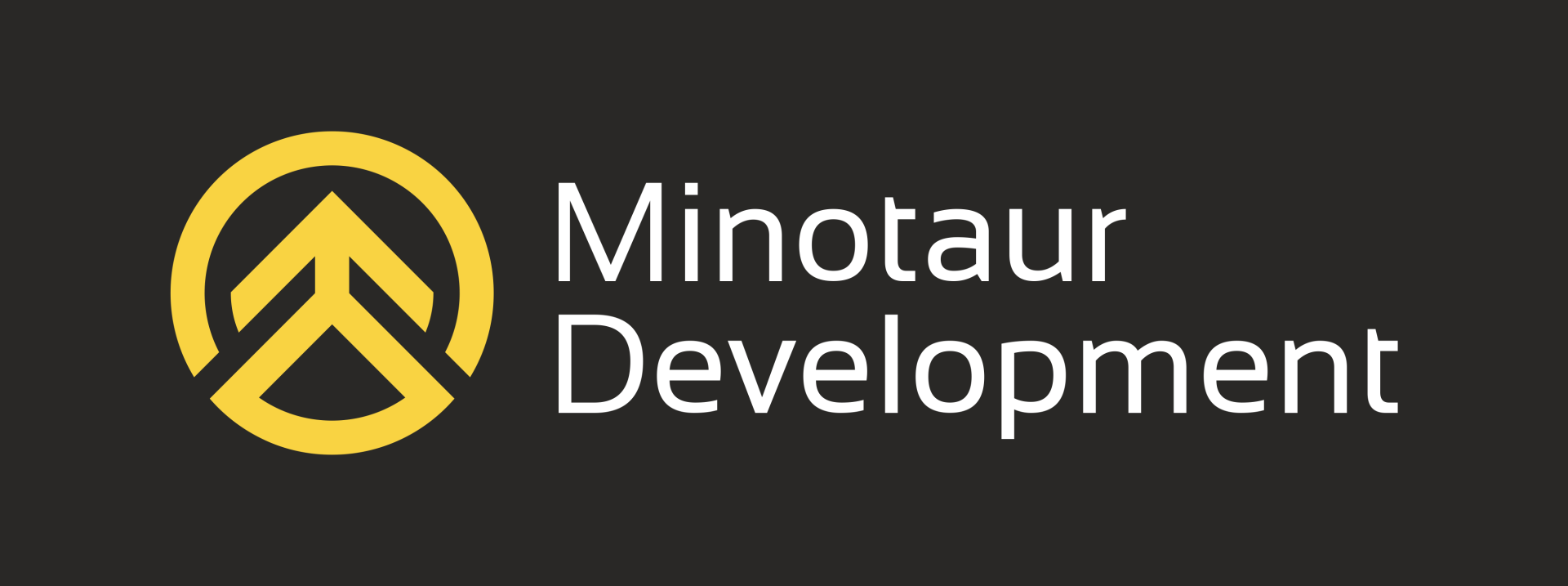Search Engine Optimisation or SEO is a vital website practice that helps a page gain more visitors and rank higher in search engines. In the latest Google update, webmasters were made aware that page experience will now be one of the most crucial ranking factors starting in 2021. One way you can cater to this new update is to redesign your website with responsive web design.
What is Responsive Web Design?
Responsive web design is an approach that allows web pages to render well on a variety of devices and screens in both minimum and maximum display. In addition, the proximity of the website’s features is also considered in RWD.
Benefits of RWD for SEO
Faster Page Loading Speed
Loading speed has always been a significant factor in SEO. As ridiculous as it sounds, user behaviour usually shows that users want pages to load in two to four seconds. Unfortunately, people online do not have the patience to wait for a site to load.
RWD is one of many practices that can help with a website’s loading speed on any device. This practice aims to make websites proportionate when they appear on any screen, from desktops to phones. When the website fits all devices, the faster it can load no matter what screen users are using.
Improves Navigation on Any Device
Responsive web design makes navigation on mobile devices as smooth as navigation on desktops, especially when it comes to social media. SEO recognises social media as an off-page optimisation tool and an excellent gateway for social media users to visit the website.
Responsive design makes sure that when people click on a link on the website, they get a smooth transition from the social media platform to your website.
Improves User Experience
One of the main performance factors that SEO watches out for is bounce rate. This refers to the rate that measures how fast and how often users will “bounce off” your website—the lower the rate, the better. When visitors click on your website then leave immediately to check out another link, it increases your bounce rate.
There are two things that can affect your bounce rate: the content and the web design.
If the user doesn’t find your content helpful or entertaining from the first paragraph alone, they may leave immediately. But if your content is superb, it likely has something to do with the user experience.
People leave because the content wasn’t displayed properly on their device.
Conclusion
Web design plays a crucial role in providing the best page experience for any site visitor or customer. Turning to responsive web design is just one of the many ways that make navigation on your site better, smoother, and more pleasant to the user. So if it wasn’t already before, it’s best now to make your web design responsive.



Keep informed of new articles.
Stay informed of new articles





